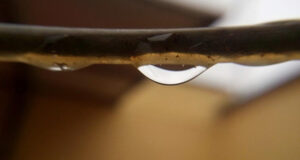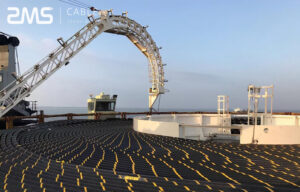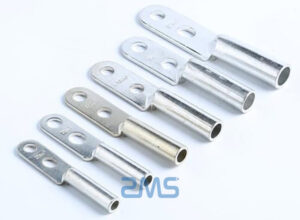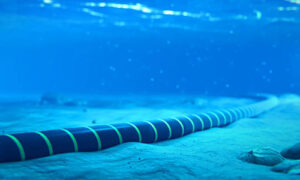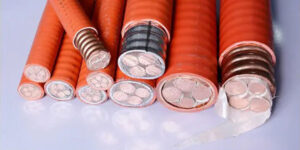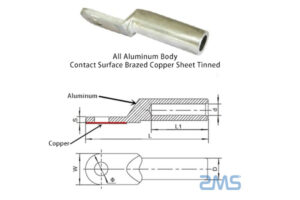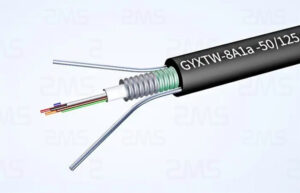Thoroughly remove the oil, dirt, insulation layer, etc. from the base material before welding. heating the base material first when welding, heating the thick part first, then the thin part. heating the copper part first, then the aluminum part.
Move the torch back and forth to evenly heat the welded part, the temperature of the welded part reaches 450-500°C, the welding wire will be added to the welded part.
Let the wire melt evenly into the weld (do not use the flame to heat directly against the wire, the temperature of the base material mainly dissolves the wire).
Then slightly sweep the welding part with the flame to ensure that the welding part brazing material spreads to positioning, remove the gun and let it cool naturally, and you can complete the welding.
Read more

